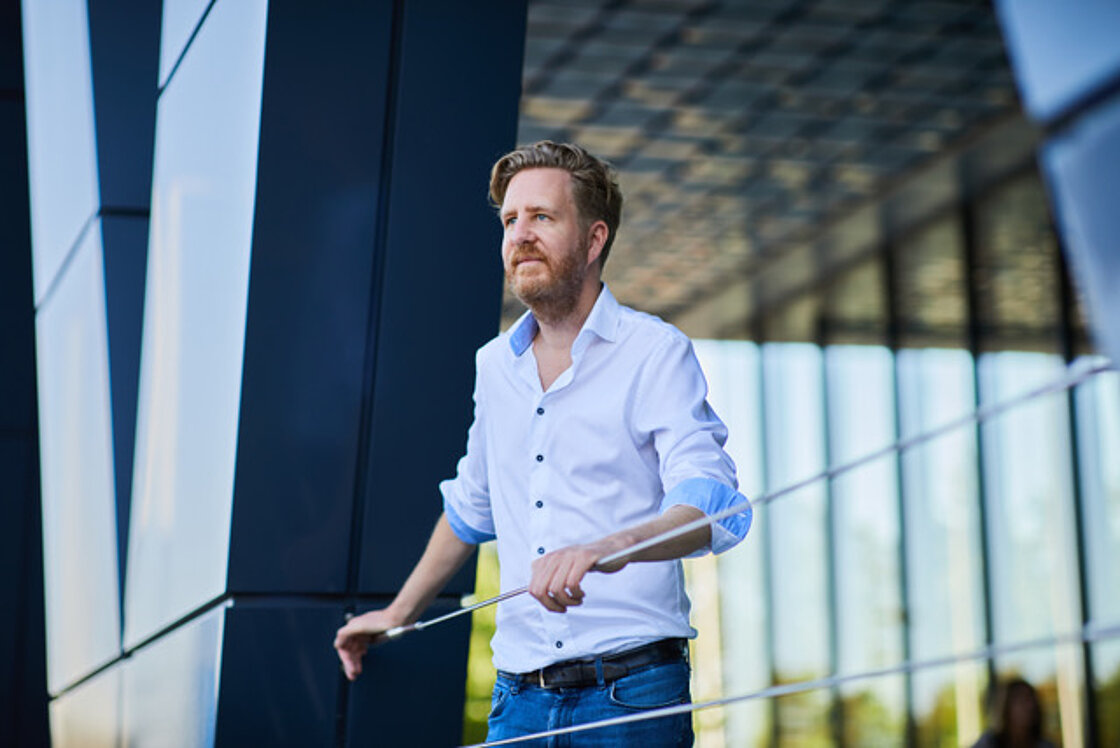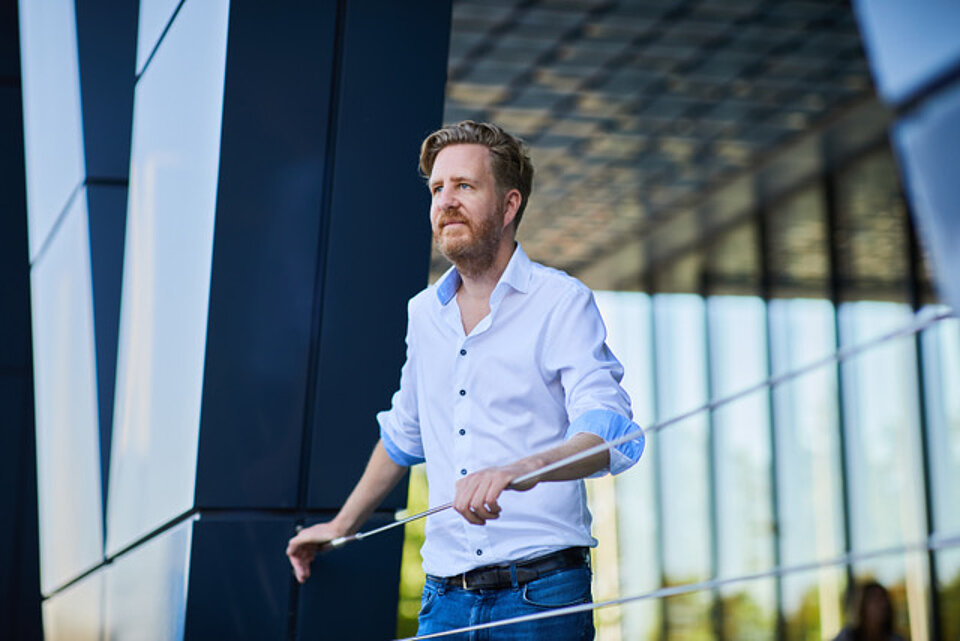Operation Clean Ship: Sustainable sails the longest

Just like road traffic, shipping needs to become more sustainable. Research organization TNO is helping to find solutions
While every self-respecting car brand now has an electric vehicle on the market and the first electric 50-ton truck recently made its debut on Dutch roads, sustainable shipping is still in its infancy. Why is this? And what solutions are available to reduce CO2 emissions from shipping? We ask Jorrit Harmsen, researcher sustainable shipping at TNO.
The recent incident with the container ship that ran aground in the Suez Canal has shown how large but also how vulnerable international shipping is. Why is it that we have become so dependent on this form of transport?
“Eighty percent of goods enter the country by sea. What makes shipping so attractive is obvious. It has to do with the scale: some 20,000 containers can fit on such a ship. And the transport costs are only a fraction of the price of the product. If you were to double the transport costs, the consumer would probably not even notice. Certainly from a destination like China, transporting such large volumes by rail or air is not possible.
In addition, transporting the same Nikes by plane, which now arrive by ship in thousands of containers, would result in 20 to 30 times more CO2 emissions per container. Transport by ship is therefore much cheaper and also much more environmentally friendly than by plane. I recently had contact with inland shipping companies that are trying to get the congestion that was caused by the container ship running aground back on track. This shows that a single incident can cause the entire chain to grind to a halt. But it also says something about the importance of transport by sea.”


The share of electric cars is growing steadily. Compared to the car industry, for example, why is making ships more sustainable so complicated?
“Again, the scale. Millions of cars are sold. If you compare that to ships, the active fleet consists of about 120,000 ships. In addition, new technologies are introduced much faster in the case of cars because they are replaced sooner. For container ships, the service life is about 20-30 years. The engine of some inland vessels can even last 50 years or so. Finally, a ship’s engine is many times larger. In order for a container ship to run on hydrogen, you need – so to speak – an extra ship that sails along to store the energy. These are huge investments that will not be recouped in the short term. After all, it’s not just a matter of replacing the engine, but also the engine pipes, fuel storage, etc. The new engine also has to be replaced and must still fit on a ship like that.”
To what extent is the idea alive within the industry that something needs to be done?
“The last three years have seen a real growth in the desire for sustainability within the shipping industry. Both the international maritime trade organization IMO and the European Union have also been pushing for this. But it is also coming from the sector itself. At TNO we are working in all sorts of consortia towards a solution. For example, we have just completed a project with a whole set of parties on Green Maritime Methanol, a promising alternative to hydrogen, certainly for longer distances. The parties are very enthusiastic about the results. We are now embarking on a follow-up process together.”
Apart from the fuel issue and the scale, what are the main obstacles to making real progress with sustainability?
“Nobody wants to make a mistake, for instance by investing in new things where it can be said in hindsight: That doesn’t comply with the current rules. How do you ensure that the leaders are not penalized for their investments? There is a need for a government that provides incentives, stimulus and regulations on safety and long-term measures. They need to stipulate what is allowed and what is not allowed in the run-up to 2030. Governments are aware of the role they play in this. Various government organizations want to set a good example, such as the Government Shipping Company and the Royal Netherlands Navy. They are going to deploy their ships to do pilots with them. There are over a hundred of them.”
What are the possible solutions?
“There is a wide range of solutions. The question is: Which one is ideal? From a small sloop to a large container ship going back and forth to China, you don’t have one solution but a whole array of them. Take the fuel – will it be hydrogen, methanol, ammonia, biofuel or electricity?
So at TNO, we say: Let’s take a closer look at the most important aspects of each solution. What about price, safety, et cetera? This is done together with other knowledge institutions and companies. Together with other knowledge institutions and companies, we also do the testing.
What alternative, sustainable fuels to fuel oil lend themselves to which types of ships?
“Hydrogen is expected to be a good alternative for smaller ships, such as those used for inland navigation and ferries. Pilots are already being carried out for this. For example, we are working with two Amsterdam shipping companies on a pilot project in which two hydrogen-powered pushers are being built to provide waterborne transport in the Amsterdam canals. Electricity may also be applicable to inland shipping. There are also concepts with batteries. The first pilots have already been completed and the next phase of upscaling will soon follow.
In addition to methanol, ammonia is also a possible solution for maritime shipping. For these alternatives, however, a lot of experience still needs to be gained in practice.”
Apart from alternative fuels, what else can you do to reduce the carbon footprint of international shipping besides producing locally? Just buy fewer goods?
“Logistics can play an important role in making the maritime sector more sustainable. Ships now often sail back and forth to China with empty or half-empty containers. Also, ships sometimes spend two days in line before they are allowed to enter the port to dock. This can be done much more efficiently with the help of digitalization and blockchain technology.
Finally, we will also have to think as a society: how many goods do we want to transport? And what price are we willing to pay for them?”